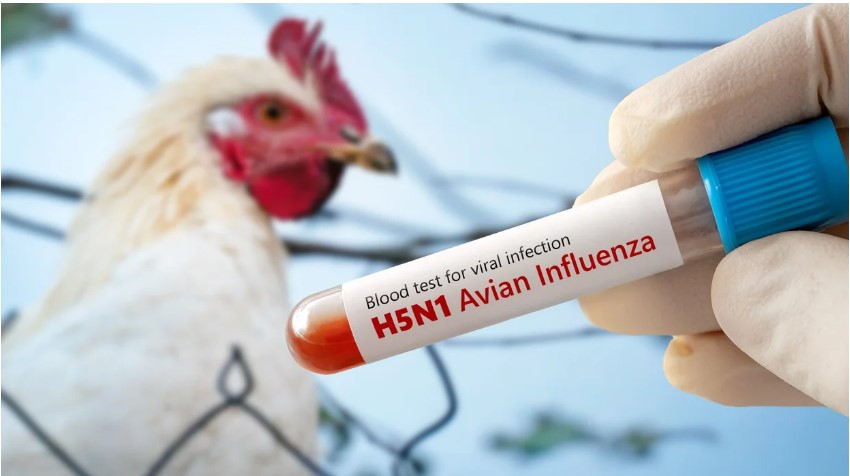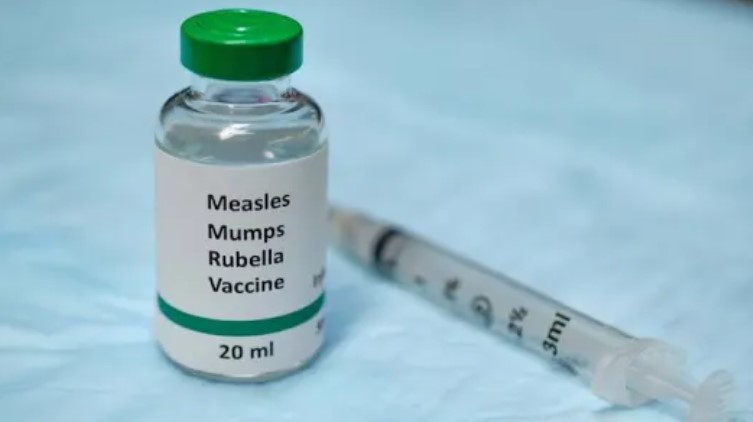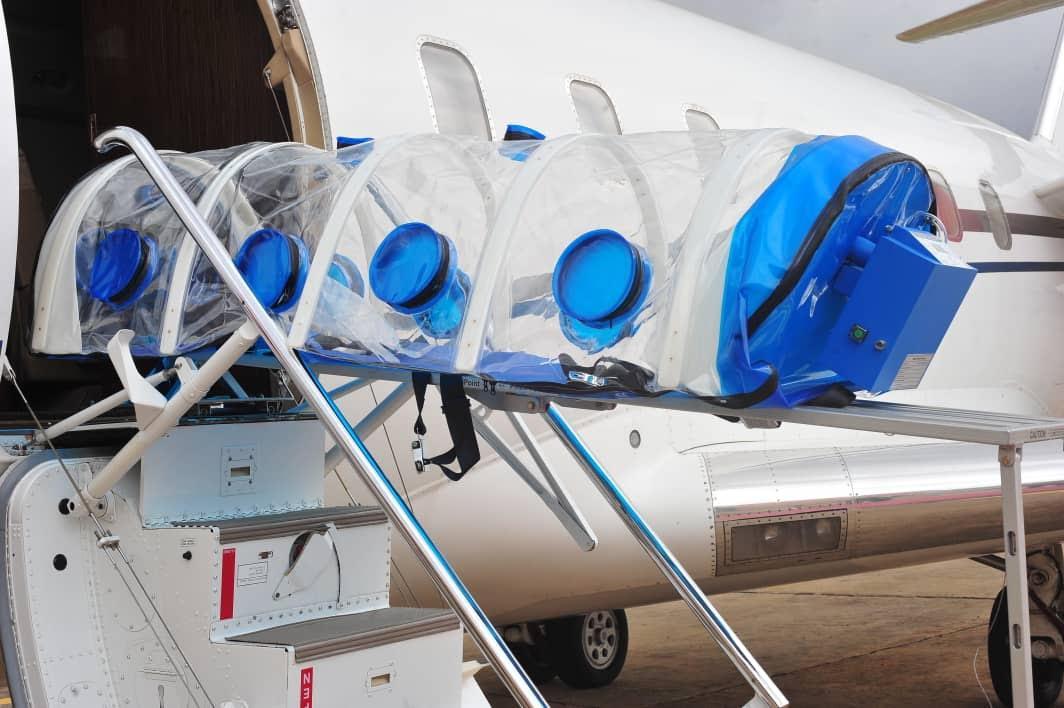New Bird Flu Strains: Antivirals Keep Fighting Back

Did you know? You can comment on this post! Just scroll down
|
Date
|
January 15, 2025 |
| Source | Texas Biomedical Research Institute |
| Summary |
Researchers have identified nine mutations in a bird flu strain from a person in Texas. Bad news: this strain is more capable of causing disease and replicates better in the brain. Good news: approved antivirals are still effective.
|
One of the first strains of bird flu isolated from a human in Texas has a distinct set of mutations that allow it to replicate more easily in human cells and cause more severe disease in mice than a strain found in dairy cattle, according to researchers at Texas Biomedical Research Institute (Texas Biomed).
The discovery raises a major concern about the H5N1 strains of avian flu that are presently circulating in the United States: the virus's ability to change quickly when introduced to a new host.
The discovery raises a major concern about the H5N1 strains of avian flu that are presently circulating in the United States: the virus's ability to change quickly when introduced to a new host.
H5N1, which is naturally abundant in wild birds and fatal in chickens, has spread to a wide range of animals, infecting dairy cows for the first time in spring 2024. As of early 2025, the outbreak had expanded through herds in several states across the United States, infecting scores of individuals, the most of whom were farm laborers. So far, most afflicted persons have moderate fever and eye inflammation, and the virus does not transmit between people. The first H5N1 mortality in the United States was recorded in January 2025, following contact with sick hens.
"The clock is ticking for the virus to evolve to more easily infect and potentially transmit from human to human, which would be a concern," said Texas Biomed Professor Luis Martinez-Sobrido, PhD., whose laboratory specializes in influenza viruses and has been investigating H5N1 since the outbreak began last year. The researchers created specialized techniques and animal models for testing prophylactic vaccinations and therapeutic antivirals.
Human versus bovine
In a recent study, researchers analyzed H5N1 viruses recovered from a human patient and dairy cattle in Texas.
"There are nine mutations in the human strain that were not present in the bovine strain, which suggests they occurred after human infection," Dr. Martinez-Sobrido explained.
"The clock is ticking for the virus to evolve to more easily infect and potentially transmit from human to human, which would be a concern," said Texas Biomed Professor Luis Martinez-Sobrido, PhD., whose laboratory specializes in influenza viruses and has been investigating H5N1 since the outbreak began last year. The researchers created specialized techniques and animal models for testing prophylactic vaccinations and therapeutic antivirals.
Human versus bovine
In a recent study, researchers analyzed H5N1 viruses recovered from a human patient and dairy cattle in Texas.
"There are nine mutations in the human strain that were not present in the bovine strain, which suggests they occurred after human infection," Dr. Martinez-Sobrido explained.
In animal experiments, scientists discovered that the human strain replicated more rapidly than the bovine strain, caused more severe illness, and was found in far higher levels in brain tissue. They also examined numerous FDA-approved antiviral drugs to see if they were effective against both virus strains in cells.
"Fortunately, the mutations did not affect the susceptibility to FDA-approved antivirals," stated Staff Scientist Ahmed Mostafa Elsayed, Ph.D., the study's lead author.
Dr. Martinez-Sobrido believes that if a pandemic occurs before vaccines are widely available, antivirals will be an important line of defense. This is especially relevant given that humans have no previous immunity to H5N1, and seasonal flu vaccines appear to provide very limited protection, according to a second study conducted in partnership with Aitor Nogales, Ph.D., of the Center for Animal Health Research in Spain.
"Fortunately, the mutations did not affect the susceptibility to FDA-approved antivirals," stated Staff Scientist Ahmed Mostafa Elsayed, Ph.D., the study's lead author.
Dr. Martinez-Sobrido believes that if a pandemic occurs before vaccines are widely available, antivirals will be an important line of defense. This is especially relevant given that humans have no previous immunity to H5N1, and seasonal flu vaccines appear to provide very limited protection, according to a second study conducted in partnership with Aitor Nogales, Ph.D., of the Center for Animal Health Research in Spain.
Article Posted 4 Months ago. You can post your own articles and it will be published for free.
No Registration is required! But we review before publishing! Click here to get started
One Favour Please! Subscribe To Our YouTube Channel!
468k
Cook Amazing Nigerian Dishes, Follow Adorable Kitchen YouTube Channel!
1.1m
Like us on Facebook, Follow on Twitter
React and Comment
Click Here To Hide More Posts Like This
Watch and Download Free Mobile Movies, Read entertainment news and reports, Download music and Upload your own For FREE.
Submit Your Content to be published for you FREE! We thrive on user-submitted content!
But we moderate!

















